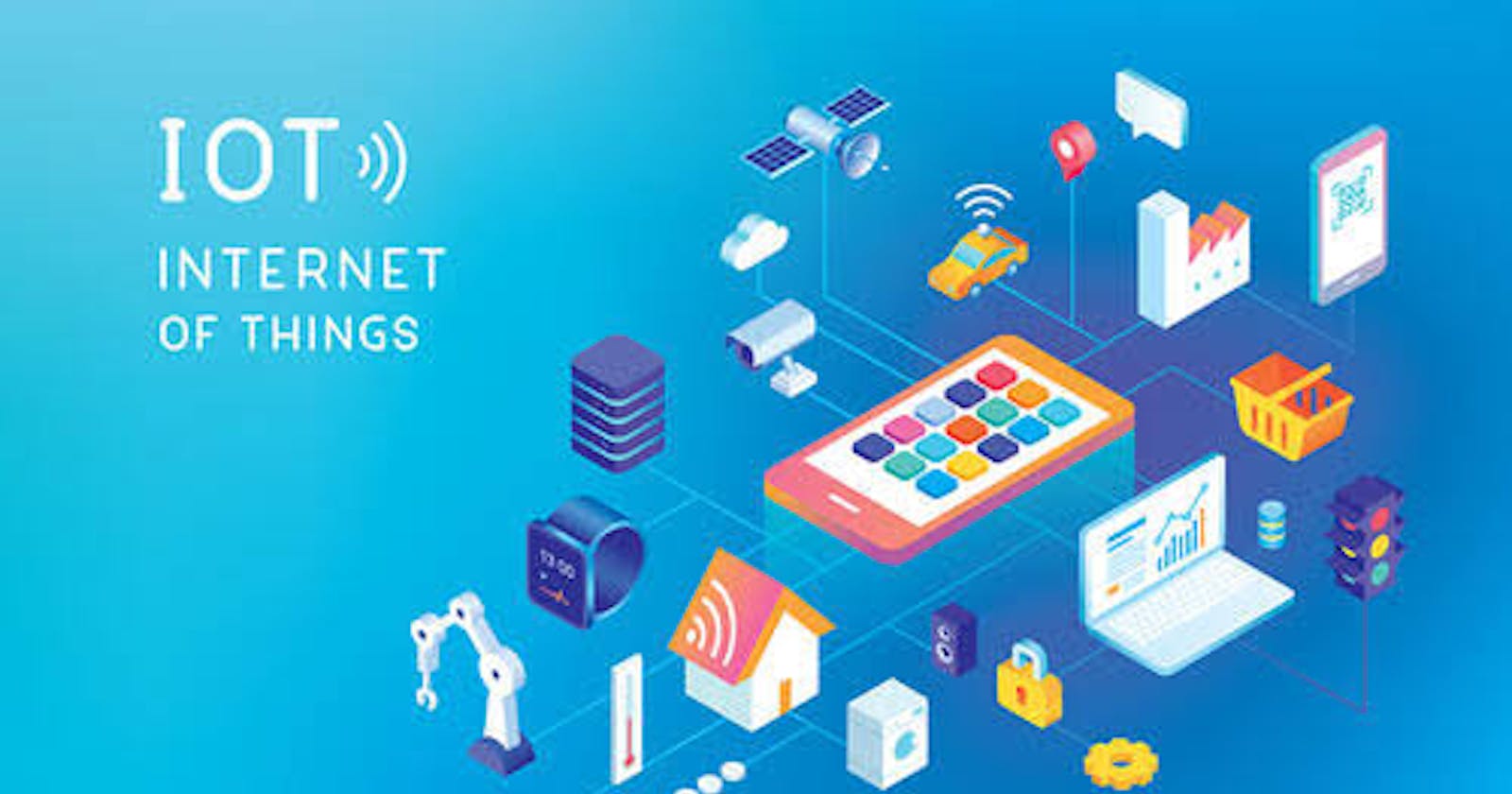Hi there, my name is Eniola. I am new to hashnode but I have been in the technology space for a while.
Today I will be writing about the Internet of Things and it's effect on our lives. I have been greatly fascinated with networking and communication between devices and in devices.
Some may think that this is a great shift of interests especially if they are in the Web Development or Mobile Development space. Fear not, for no knowledge is a waste and curiosity in the technology world is a great gift as it spurs learning and research.
So what is the Internet of Things?
The Internet of Things (IoT)is about data. The IoT is about digitising areas of our lives, our businesses, and our governments to provide actionable feedback into how lives can be saved and made easier, better services can be created, and communities can be improved.
We create networks through connections. An example of network is our social media, you know your social network there. A grove of Aspen trees is actually a network of many trees that all share the same root system. There are networks in nature and networks created by humans. The internet is a network of networks, and some of those networks are made up of many things. Those networks are what we call the IoT.
The Internet of Things (IoT) describes the network of physical objects—“things” or devices —that are embedded with sensors, software, and other technologies for the purpose of connecting and exchanging data with other devices and systems over the internet. They monitor, communicate, analyse, and in some cases modify processes according to data being collected and transmitted.
The wider the use of digital devices, the wider digital networks continue to grow around the world. Thus we see a digital transformation as the world benefits economically as a result of digitalisation. Digital transformation is the application of digital technology to provide the platform for businesses and industry innovation. This digital innovation is now being applied to every areas of human society.
What Impact Does Digital Transformation Have in Society?
How can devices or "things" impact the society so?
Digital devices are embedded with sensors which detect and respond to some type of input from our physical environment. The input can be light, heat, motion, moisture, pressure or even Infrared.
Today we have sensors in traffic lights, delivery trucks, security cameras, planes and even trains. All sensors and measuring devices collect and transmit data. The data collected can either be stored and analysed later or analysed immediately to modify processes on the spot.
How is Stored and Analysed Data Used?
Data stored and analysed can be used to forecast trends in businesses or the weather thereby helping communities and governments monitor environment and plan for future needs.
It is also used to control traffic on the roads, monitor parking, provide and control waste management and provide adequate services or support from government officials like the police or the fire service.
With Data Made Available Can Devices Think?
Yes. Through Artificial Intelligence(AI) devices are able to think on their own. If an AI is programmed efficiently, smart devices should be able to analyse data provided to them and modify or tweak processes or settings on the spot. An efficient program could also enable an AI to learn and modify their own code based on data they receive.
Conclusion
IoT is about data and digitalising areas of our life's to provide actionable feedback that will enable efficiency, better services and protection of lives.
A sensor detects change in our physical environment and converts input or physical events into a measurable digital or analog signal that can be either displayed or processed.
Digital Transformation encourages business innovation.
Analysed data can be used to help communities, government and businesses.
If smart devices are programmed efficiently, they should be able to analyse data provided to them and modify processes or settings on the spot.
Writer & Editor: Eniola Fanegan
Reference: CISCO.
